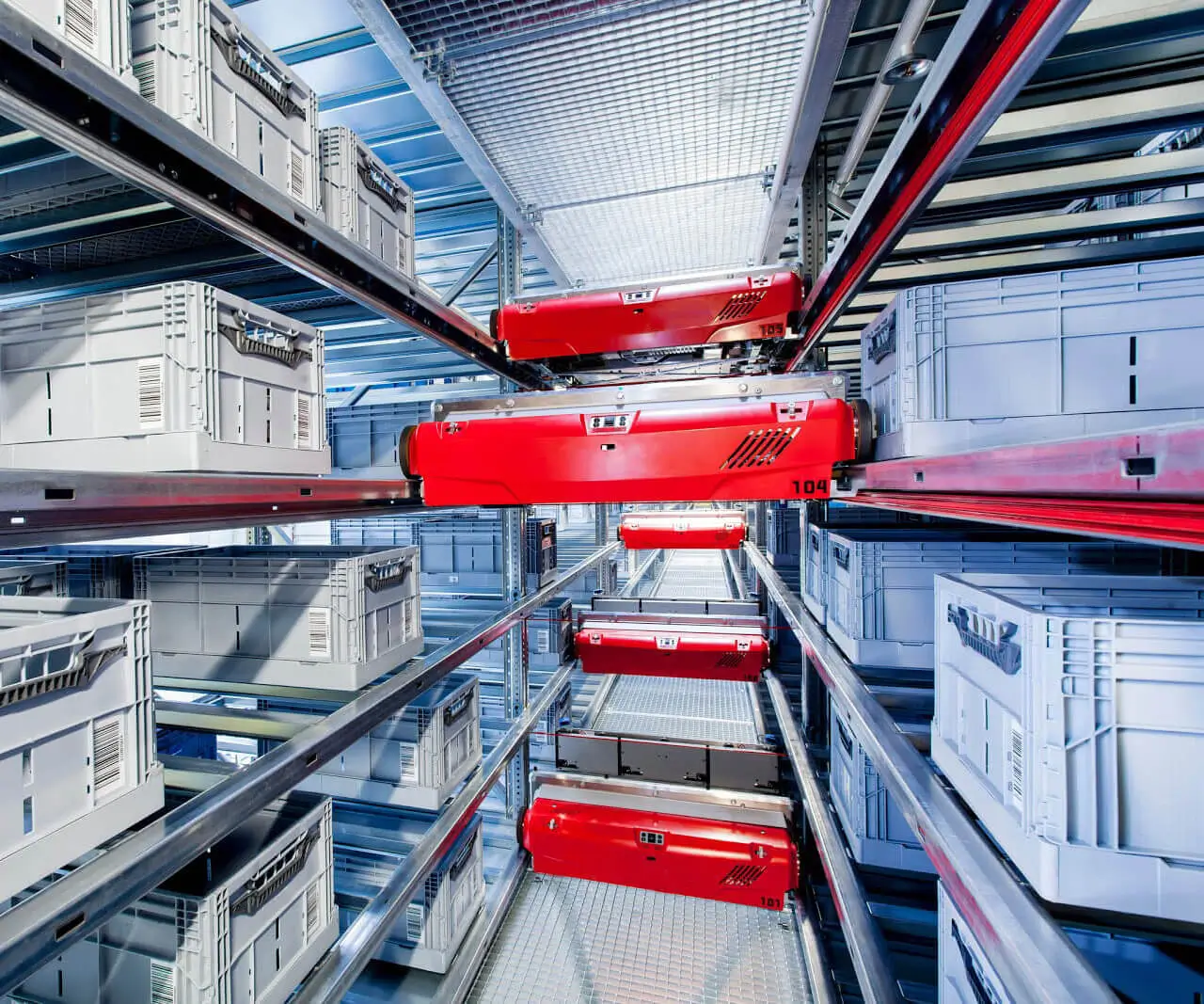Microservice architecture sounds like a superhero—breaking down big monolithic systems into tiny, agile parts. But, hold up. It’s not all rainbows and unicorns. Let’s dig into some of the drawbacks that pop up, especially if you're thinking about jumping into this design style.

First off, complexity. Imagine trying to manage a city full of tiny shops instead of one big mall. That might sound flexible, but coordinating all those shops? It’s chaos waiting to happen. You need a well-oiled communication system—like a super-efficient map and delivery network—otherwise, services start talking over each other, leading to delays or failures. When each microservice has its own database, maintaining data consistency also becomes a nightmare. It’s like every shop keeps its own inventory list, but now you want all of them to be perfectly synchronized. That’s a lot of overhead, and sometimes it’s just not worth the trouble.
Then there are deployment and testing issues. If each microservice is a separate entity, deploying one without breaking the others is a tightrope walk. A bug in one service can ripple through the system, causing unexpected crashes or glitches. Testing becomes more complex because you need to ensure all parts work together, not just in isolation. It’s like trying to tune multiple instruments at once to make sure they’re all in harmony—if one goes off pitch, the whole symphony suffers.
Let’s not forget about the infrastructure costs. Running a bunch of small services means more servers, more container instances, more monitoring tools. It’s like switching from a single cozy car to a fleet of tiny scooters, each needing its own maintenance. That adds up, both in hardware expenses and the effort to keep everything running smoothly.
Some might ask, “Can’t we just take a hybrid approach?” Sure, mixing monolith and microservices can help mitigate risks, but it also adds layers of complexity. Managing a hybrid system is like juggling flaming torches while riding a unicycle—tricky, but doable with the right experience.
Ever wonder why some companies hesitate to fully adopt microservice architecture? Because, honestly, unless you’ve got the resources and expertise to handle the chaos, it can become more of a burden than a boon. It’s not necessarily a silver bullet; sometimes a well-structured monolith works just fine, especially for smaller teams or projects with straightforward needs.
Thinking about switching? Remember, microservices demand a mindset shift—more automation, more monitoring, and a clear plan to handle failures swiftly. Otherwise, the pitfalls can turn your architectural dreams into a troubleshooting nightmare. So, ponder carefully. It’s a powerful approach, but freedom from problems comes only with preparation and experience.
Established in 2005, Kpower has been dedicated to a professional compact motion unit manufacturer, headquartered in Dongguan, Guangdong Province, China. Leveraging innovations in modular drive technology, Kpower integrates high-performance motors, precision reducers, and multi-protocol control systems to provide efficient and customized smart drive system solutions. Kpower has delivered professional drive system solutions to over 500 enterprise clients globally with products covering various fields such as Smart Home Systems, Automatic Electronics, Robotics, Precision Agriculture, Drones, and Industrial Automation.




































